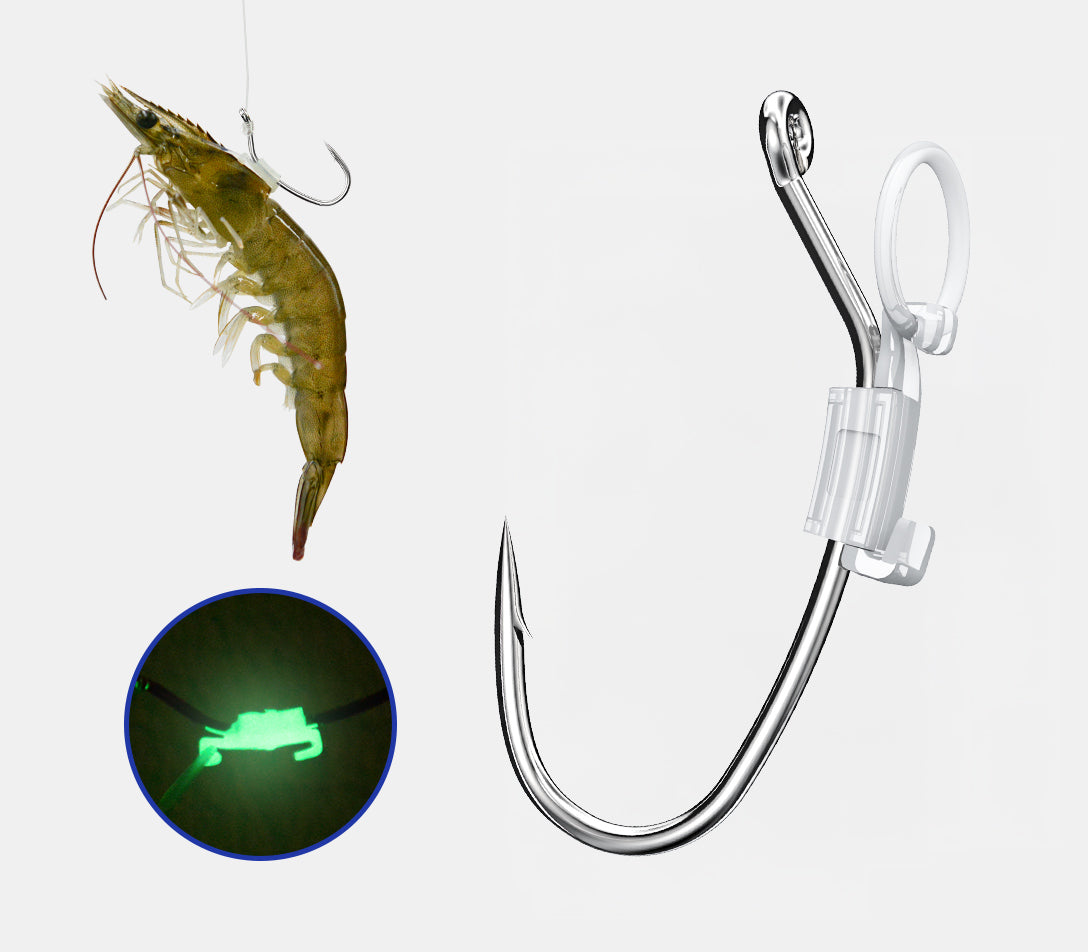Fishing tech is evolving fast, and one question stands out: Are electric baits truly better than traditional lures?
In this guide, we break down how both options perform in 2025, helping you decide what’s best for your next trip.
What Is Electric Bait and How Does It Work?
Electric bait, or electronic lures, are battery-powered fishing tools designed to simulate real bait movements and vibrations.
The idea is to mimic distressed prey to trigger aggressive strikes. This can be especially effective in murky waters or low-light conditions.

Anglers appreciate how these lures reduce the need for live bait and manual jigging. However, reliability varies based on build quality and environmental conditions.
Some electric lures work best in still waters, while others struggle in strong currents. Battery life also plays a big role—many last just 3–5 hours per charge.
Most are USB rechargeable, but saltwater use can cause corrosion if not cleaned properly.
Electric bait is popular among tech-savvy anglers, but it’s not a universal upgrade. Factors like water type, target species, and skill level matter.
For some, they’re game-changers. For others, they’re a novelty.
Traditional Lures: Why They Still Dominate Waters
Traditional fishing lures remain the go-to for many anglers—and for good reason.
They come in countless shapes, sizes, and colors. Whether you’re using spinners, jigs, spoons, or crankbaits, there’s a traditional lure suited to nearly every fishing scenario.

They require skill to master, which is exactly why experienced fishers favor them. You control the movement, speed, and depth. That flexibility is unmatched by preset electric bait patterns.
Durability is another big plus. Many traditional lures last for years if cared for properly. No batteries. No circuits. Just clean, reliable performance.
Cost is also a major advantage. A single electric bait may cost $20–$60, while traditional lures are usually under $10.
In tournament and regulated fishing, electronic baits may be banned, but traditional options are always allowed.
They’re also easy to modify—add skirts, change hooks, or tune them for different waters.
While electric bait may offer a shortcut, traditional lures remain trusted by professionals and hobbyists alike.
Key Differences Between Electric and Traditional Lures
|
Feature |
Electric Bait |
Traditional Lures |
|
Movement |
Motorized, consistent |
Manual, versatile |
|
Power Source |
Battery-powered |
None |
|
Cost |
High upfront ($20–$60) |
Low to moderate ($2–$10) |
|
Maintenance |
Regular cleaning, charging |
Minimal upkeep |
|
Ideal For |
Low visibility, deep water |
All water types |
|
Regulations |
May be banned in some areas |
Widely accepted |
Electric lures automate attraction. Traditional lures rely on technique.
Understanding these differences helps you choose what fits your fishing style best.
Performance Comparison in Freshwater and Saltwater
Freshwater Use:
Electric bait performs well in lakes and ponds where the water is still. The vibration and acoustic signals attract bass, pike, and catfish. Traditional lures typically require bait, such as live bait or soft plastics, to be effective. They offer more control over structure and weeds.
Saltwater Use:
While saltwater can cause corrosion and drain batteries faster, the Kanama Smart Bait Pro Series is built to handle these conditions—effectively attracting species like snapper, redfish, and mackerel with minimal maintenance required.
Traditional saltwater lures are built tough and easily adjusted for trolling, jigging, or surf fishing.
In both environments, the best choice depends on the target species, clarity, and angler experience. Electric bait performs effectively in low-light conditions through vibration and sound—not light. Traditional lures dominate in clear, active waters.
Cost and Maintenance: What's the Real Price Over Time?
Electric baits cost more upfront and over time.
You'll spend $20–$60 on one lure, and while you’ll need to recharge it regularly, there’s no need to worry about water damage—Kanama Smart Bait ProX is fully waterproof and built to withstand saltwater exposure. Just rinse and dry after use to keep it in top condition.
Designed for deep-sea conditions up to 500m, the ProX is highly durable—though like all electronics, rough handling outside intended use may still cause damage.
Traditional lures, meanwhile, are generally cheaper upfront, but once damaged—such as with scratches or dull hooks—they often need to be replaced rather than repaired.
You don’t need to worry about tech failure. Rinse thoroughly after use in saltwater and store properly.
For anglers who fish weekly or seek consistent results, investing in advanced solutions like the Kanama Smart Bait Pro Series offers unmatched value and performance—far beyond what traditional lures can deliver.
Angler Reviews and Real-World Experience
User feedback is mixed.
Electric Bait Pros:
- Excellent in deep or muddy water
- Hands-free attraction
- Fun for beginners or kids
Traditional Lure Pros:
- Consistent performance
- Long-lasting
- Tournament-approved
Cons:
- Requires more skill
- Less effective in zero-visibility water
Reddit forums, YouTube channels, and Facebook groups show that traditional lures still lead in trust. However, electric bait is gaining fans, especially among casual weekend fishers.
Which One Should You Choose in 2025?
There’s no one-size-fits-all answer.
Choose electric bait if:
- You fish in murky or low-light waters
- You want a tech-enhanced experience
- You’re fishing casually, not competitively
Choose traditional lures if:
- You want long-term value and control
- You fish in regulated or tournament environments
- You value adaptability and skill
Many anglers carry both to match different conditions.
In 2025, fishing is as much about choice as it is about technique. Know your waters. Know your tools. Choose what fits your needs.
FAQs: Electric vs Traditional Lures
Q1: Are electric lures legal everywhere?
No. Some regions and tournaments ban them. Always check local regulations before use.
Q2: Do fish fall for electric bait?
Yes, especially in murky or deep waters, where vibration helps attract fish.
Q3: How long does electric bait last?
Most offer 2 to 8 hours of battery life per charge. Saltwater can shorten this.
Q4: Are electric lures beginner-friendly?
Yes, many users find them easier to use than mastering traditional techniques.















